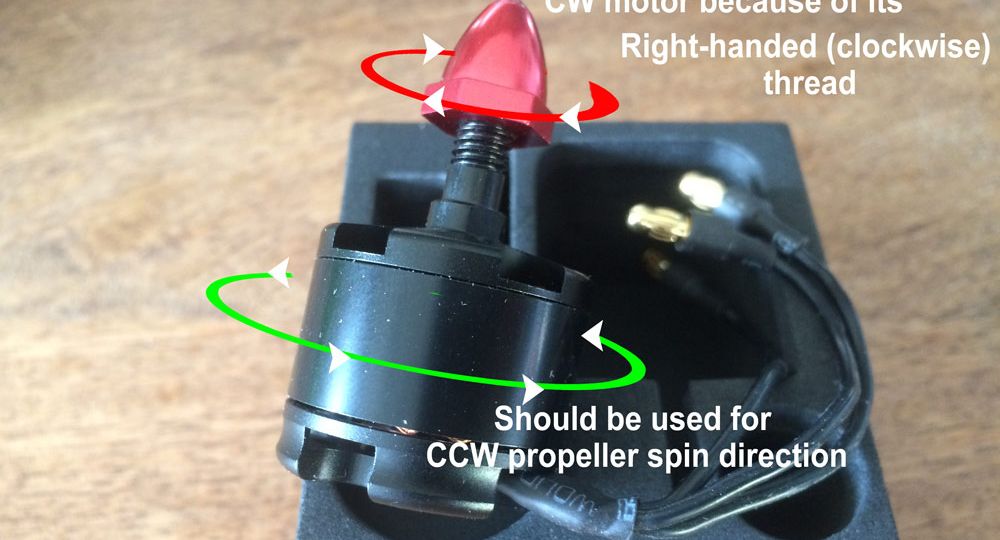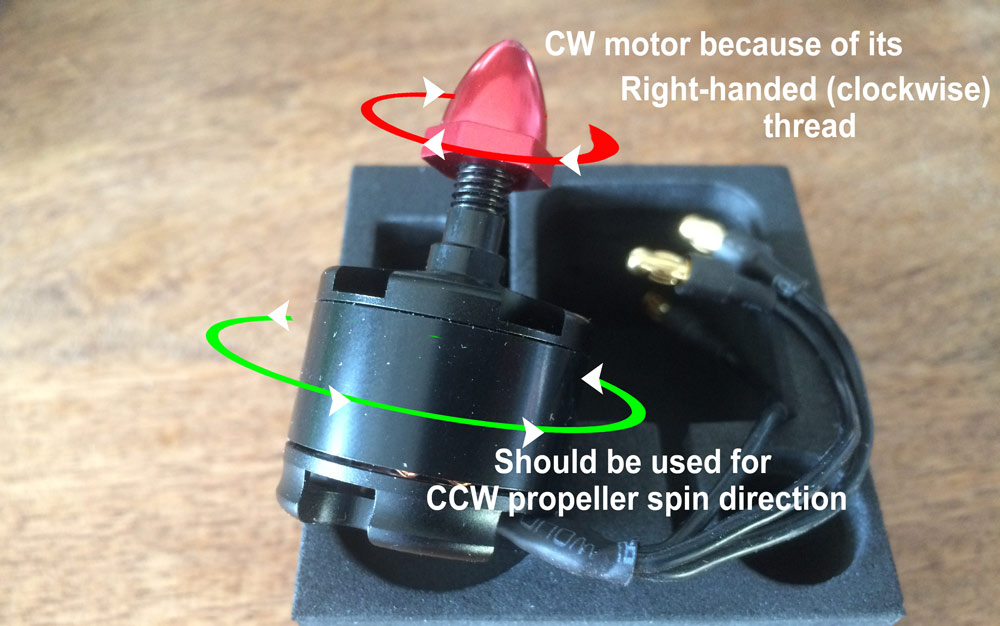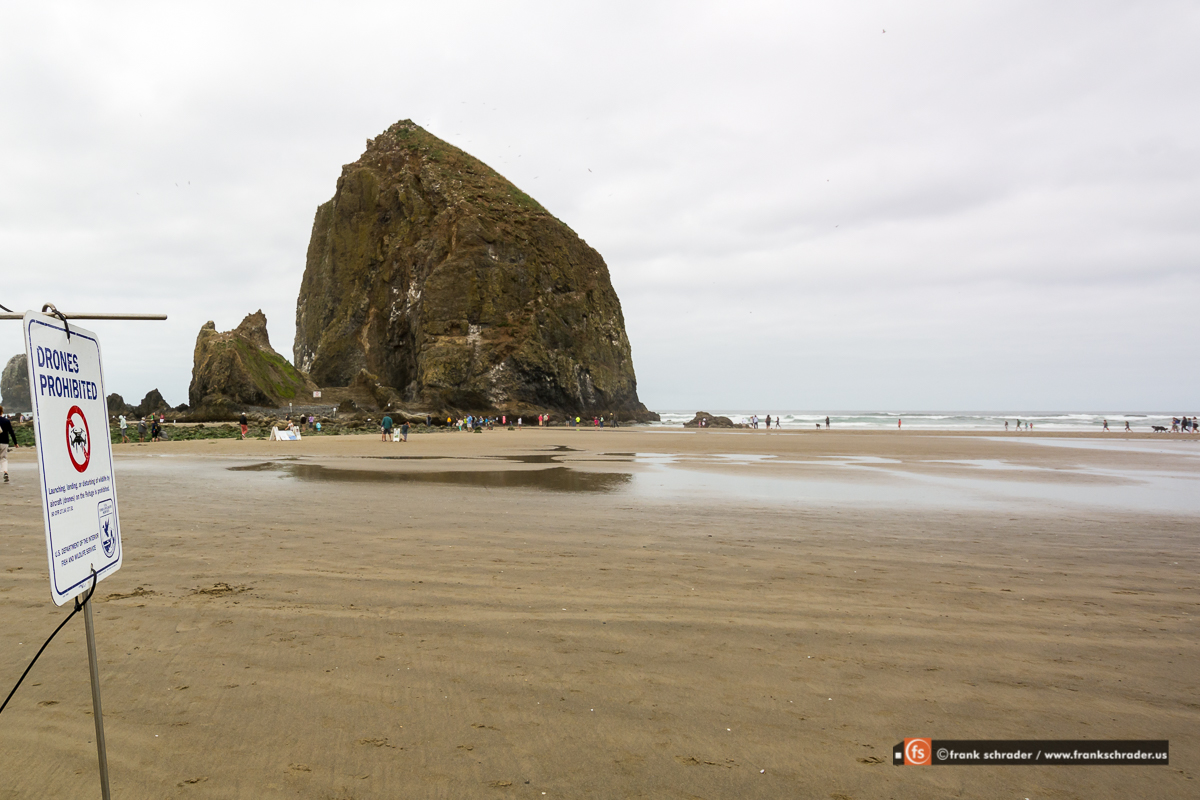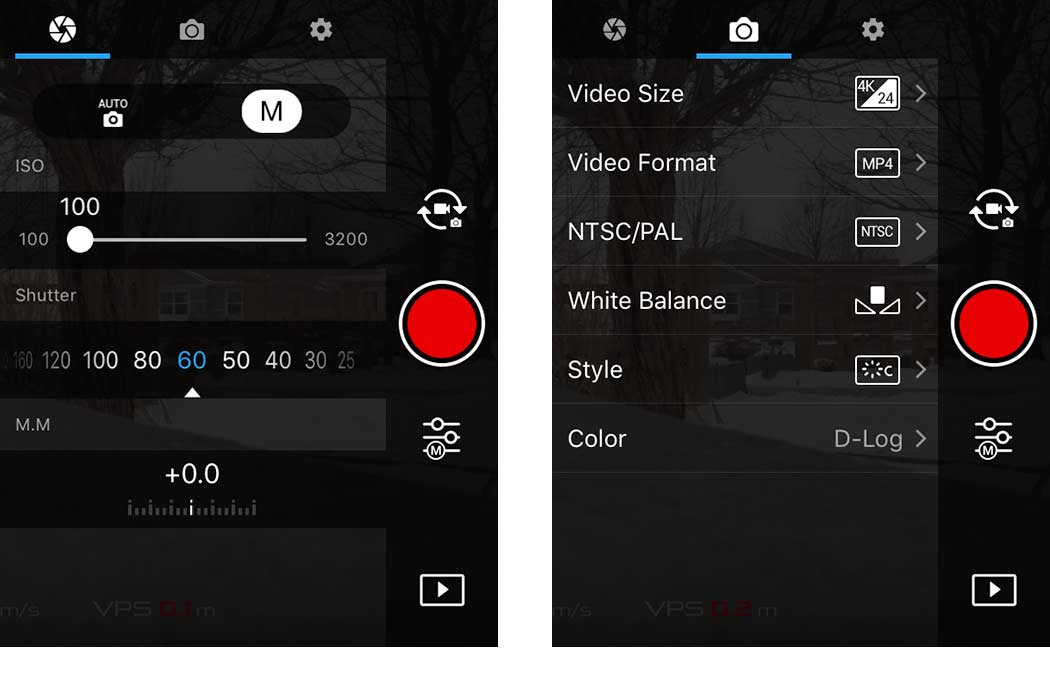
This article explains:
- meaning of CW / CCW for brushless motors for multicopters
- and the relation to CW / CCW propellers

Some time ago I entered the interesting, exciting, and fun world of Aerial Photography, and sure enough, I started building my own multicopters. You can call them drones but that original term drone refers more to military UAV’s. Building them from scratch has the advantage that you know all your components and easily make repairs and upgrades. However, ready-to-fly systems for various purposes save you time (, not necessarily money,) and can be quite sophisticated and are fine-tuned for the specific purpose.
Back to the DIY world. Recently I talked to someone and he wasn’t clear about the CW / CCW (clockwise / counter-clockwise) importance of motors. This short article shall shed some light on that topic.
On a multicopter the propellers spin in different directions: let’s say motor 1 spins CCW, then motor 2 spins CW, motor 3 CCW, motor 4 again CW, and so on if you have a Hexacopter or Octacopter.
The brushless motors itselves can spin both directions and it depends on the wiring in which direction they go: a motor has 3 wires which connect to an ESC (Electronic Speed Controller). Connect the three wires any way you like and your motor will spin in a certain direction. If you need to change the direction, you just swap any 2 wires and it spins opposite.
That means the motor itself is not CW or CCW but it is sold as either one — what it really means is that the motor shaft / thread is manufactured either CW or CCW.
The confusing part is following: if you buy a CW motor the manufacturer refers to the thread and in this case you would screw on a nut clockwise to tighten it. CW (clockwise) is the ‘normal’ (standard), also called ‘Right-hand’ thread for most things in life: you tighten a nut on a bolt by turning it clockwise; you loosen a nut by turning it counter-clockwise.
Such CW motor is NOT referring to the SPINNING DIRECTION of your propeller: a CW motor is the one you need to mount for your CCW spinning propeller. That’s what is meant if you hear the phrase ‘self-tightening’. Reason is following: hold your motor’s upper part(the part that is spinning) in your left hand and set a nut on the threaded shaft. Now turn the motor counter-clockwise and you see that the nut is fastened. That’s a standard right-hand thread and works the same as with standard nuts and bolts.
Summary:
A CW motor has a clockwise (right-hand) thread. The manufacturer’s notation refers to the threading, not the suggested propeller spin. A CW motor (better: a CW threaded motor shaft) is for CCW-spinning propeller direction.
A CCW motor: vice versa.
If you don’t use the correct thread the result will be that the fast spin of the motor will loosen the nut that holds the propeller.
There are also so-called prop(eller) adaptors out in the market: they provide a way to replace the original threaded shaft of the motor. I haven’t used them but I believe you should look for products that get screwed to the motor to make sure they are not coming off.




